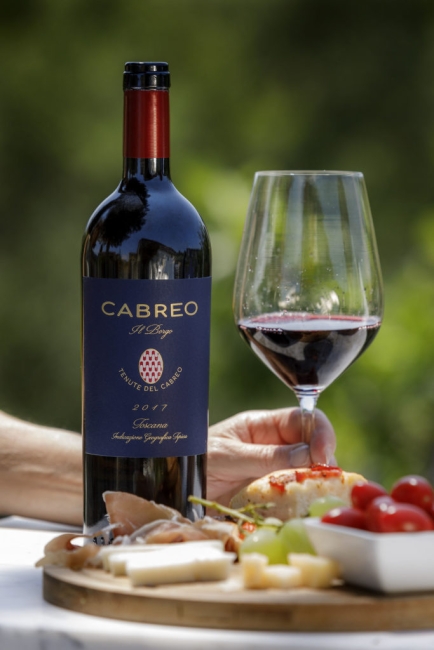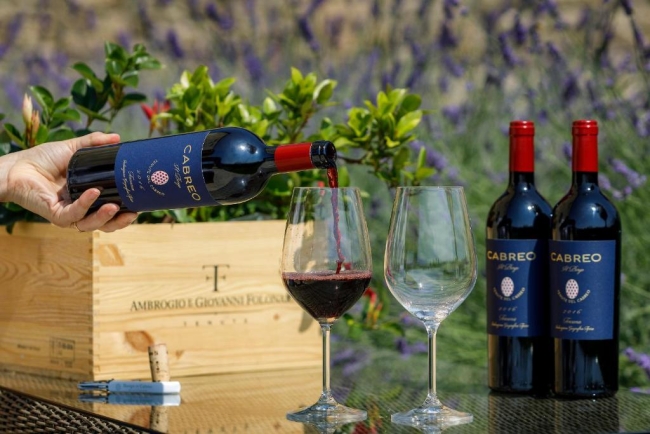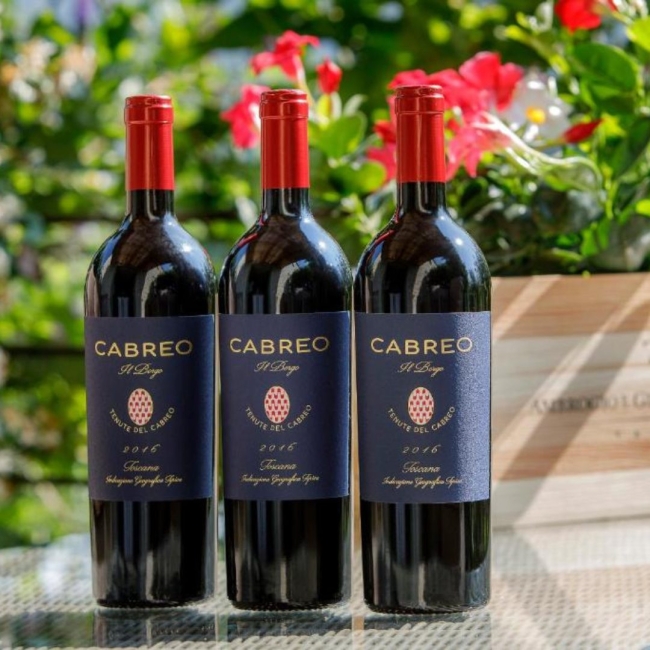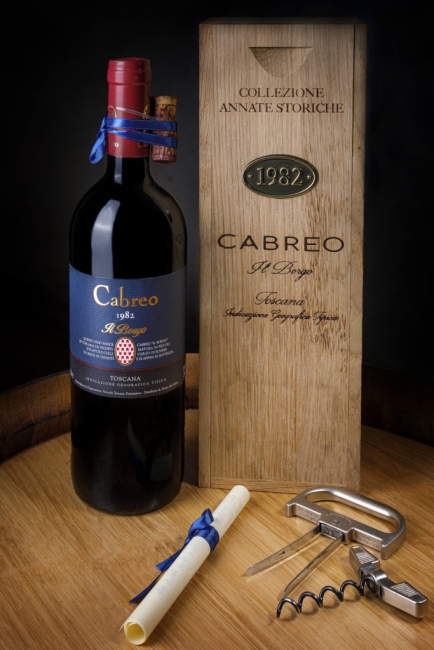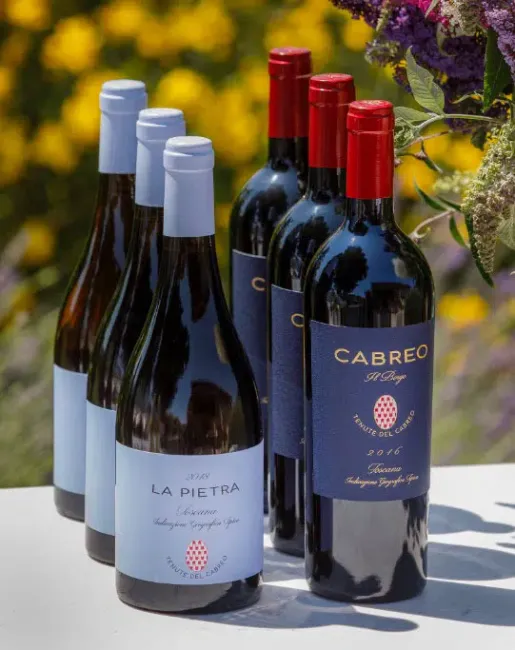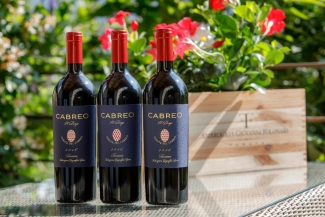
Story
Ambrogio and Giovanni Folonari are the heirs of a history that spans the nineteenth and twentieth centuries. The founder, Lorenzo Folonari, was born in Valtellina in 1729 and moved his family to Val Camonica, an area destined to become the cradle of a line of entrepreneurs. There, they will bind their name to entrepreneurship – first through trade and then with the production of wine.
In 1882, the brothers Italo and Francesco Folonari transferred the company headquarters, then known as Fratelli Folonari, from Val Camonica to Bresci and in 1911, they bought the historic Tuscan winery Ruffino. Ruffino was known for its distribution in Italy and its Chianti Classico, bottled in traditional wine flasks wrapped in straw.
The Cabreo are developed in two areas, both in the municipality of Greve in Chianti. The first, called Zano, consists of 45 hectares of vineyards used for Sangiovese and Cabernet Sauvignon for the production of Cabreo wine. The second, in Panzano, only 6 km away on the highest hills of the Chianti Classico, another 20 hectares cultivated with chardonnay and pinot noir from which La Pietra and Black wines are born.
Two wines are produced from two properties. The Fattoria di Zano, purchased in 1967, is graced by a lovely villa and chapel overlooking the village of Greve from the crest of a steep hillside. Here, Sangiovese and Cabernet Sauvignon are grown for Cabreo Il Borgo. Casa di Sala, near Panzano, south of Greve, first came into production under lease in 1980 and was later purchased. Chardonnay grapes from this estate yield Cabreo La Pietra. The Zano and Casa di Sala properties together support 125 acres of vines.
Gallery
